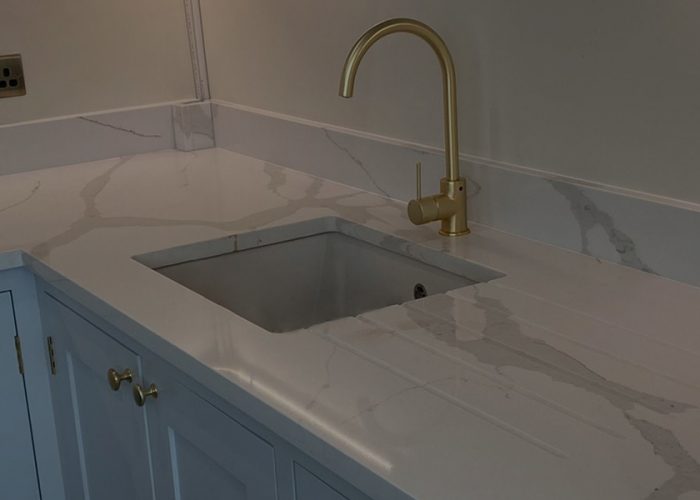Miles to Kilometres Conversion
Kitchen Worktops
Converting Miles to Kilometres
When navigating distances in different parts of the world, the miles to kilometres conversion becomes not just useful, but essential. Whether you’re planning a road trip across Europe or calculating your morning jog, converting miles to kilometres ensures clarity and accuracy.
The mile, widely used in the United States and the United Kingdom, is an imperial measurement, whereas the kilometre is part of the metric system, adopted by most other countries.
1 mile equals 1.60934 kilometres – a figure that might seem obscure at first glance but is key for accurate calculations.

Miles to Kilometres
Why Accurate Distance Conversion Matters
Precision in distance conversion has a direct impact on logistics, travel planning, and even athletic training. An incorrectly converted distance might result in fuel miscalculations, flawed running records, or ineffective route planning. For example, a kitchen worktop supplier calculating shipping routes between regional warehouses needs pinpoint accuracy – and miles to kilometres conversion becomes indispensable.
The History and Origins of Miles and Kilometres
The mile finds its roots in Ancient Rome – “mille passus”, meaning a thousand paces. It was standardised as 5,280 feet in Britain during the 16th century. In contrast, the kilometre emerged during the French Revolution, part of a broader metric system reform. It is precisely 1,000 metres – a base-10 approach that aligns perfectly with scientific measurements.
Despite their different origins, both units are still widely used depending on location. The UK still measures road distances in miles, but speedometers typically display both mph and km/h, showing how intertwined the systems can be.
When to Use Miles vs Kilometres
For most everyday users, the choice of units depends on regional standards. In professional sectors, however, the conversion is constant. Some examples include:
- International shipping and logistics
- Fitness tracking across global apps
- Scientific data reporting
- Digital mapping and route optimisation
Even interior designers, when sourcing materials across borders—say, for kitchen worktops—need to ensure their supply chain logistics rely on accurate conversions.
Quick Conversion Table: Miles to Kilometres
| Miles | Kilometres |
|---|---|
| 1 | 1.609 |
| 5 | 8.047 |
| 10 | 16.093 |
| 25 | 40.234 |
| 50 | 80.467 |
| 100 | 160.934 |
This quick-reference table allows for easy mental arithmetic and immediate decision-making in a range of scenarios.
From a consumer’s perspective, measurement conversion is now expected. Whether browsing an e-commerce site for furniture or buying quartz worktops, or planning a hiking trail, automatic converters ensures a good experience.